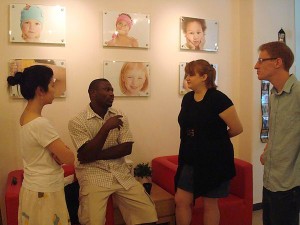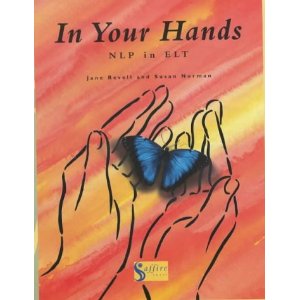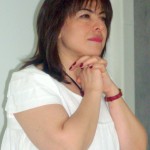I have been thinking and writing about my reflections on Penny Ur’s (1997) article on Teacher Education and Teacher Development for the last few weeks. Ur (1197) refers to Wallace’s Training Models and suggests the Optimal Training Module by combining Wallace’s Models and I cannot agree more. Figure 1 is a representation of how optimal teacher development can be reached.
Teachers have to reflect on their lessons but while doing that they get ultimate benefit if they make use of the many a resources out there to improve their teaching. What are at teachers’ disposal as resources? Their students? Their peers? Their teacher trainers? Their supervisors? The research? Language learning theories? Observations? ELT conferences? The Internet?
 They talk to peers and discuss some classroom issues with them. Teachers observe peers, and they get observed by them. More reflection goes on having talked and thought about the observed classes. Teachers learn from their peers and they learn greatly from honest, objective and timely feedback on their lessons. Teachers learn from the literature. They have the chance to compare their experience with what research says. Teachers learn from classroom research or action research when they are a little bit more experienced in their field. Teachers learn their strengths and the areas they need to work on via appraisals. Teachers learn from anecdotes, metaphors and stories.
They talk to peers and discuss some classroom issues with them. Teachers observe peers, and they get observed by them. More reflection goes on having talked and thought about the observed classes. Teachers learn from their peers and they learn greatly from honest, objective and timely feedback on their lessons. Teachers learn from the literature. They have the chance to compare their experience with what research says. Teachers learn from classroom research or action research when they are a little bit more experienced in their field. Teachers learn their strengths and the areas they need to work on via appraisals. Teachers learn from anecdotes, metaphors and stories.
 So once teachers want to learn, once they have that motivation of doing their job properly and efficiently they find a way. As in the story told by Jane Ravell and Susan Norman’s (1997) wonderful book; everything is IN YOUR HANDS.
So once teachers want to learn, once they have that motivation of doing their job properly and efficiently they find a way. As in the story told by Jane Ravell and Susan Norman’s (1997) wonderful book; everything is IN YOUR HANDS.
This link takes you to the fantastic story of IN YOUR HANDS :
Reference
Ur, P. (1997). Teacher Training and Teacher Development: A Useful Dichotomy? JALT Publications, The Language Teacher Online, 19 October 1997






